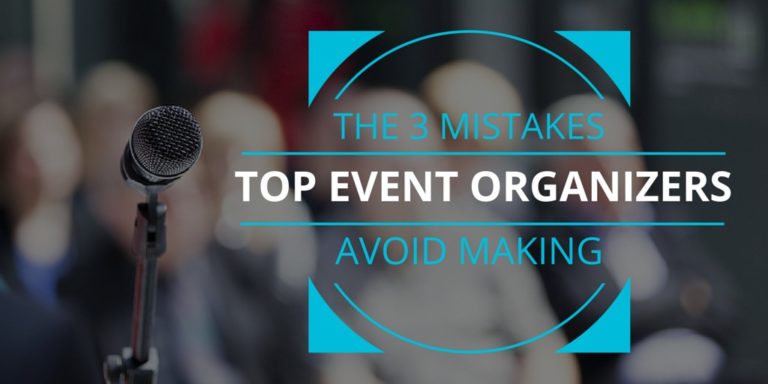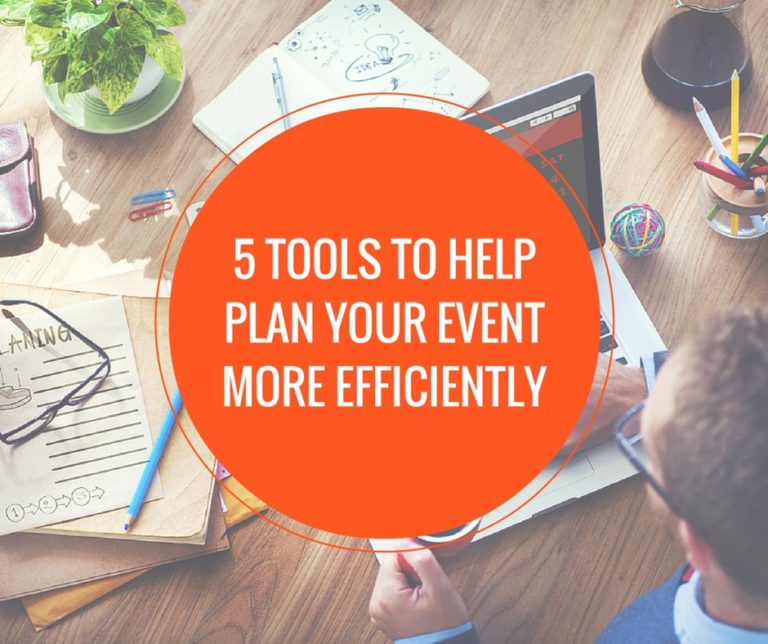Event planners are constantly on the hunt for new tactics and innovations for improving event attendance and engagement. Coming up with event strategies that will enhance attendee experiences is necessary to modernize the event industry and acclimate to our changing world.
Event gamification is a valuable tactic that event organizers can utilize to help reach their event goals while gaining valuable insight into what is working for attendees and what could be improved.
This article will explain what in-person and virtual event gamification are and provide examples to help solidify your understanding of the concept and how you can implement it at your next event to improve attendee engagement.
What Is Event Gamification?
Although event gamification sounds difficult to understand, the idea is quite simple. Event gamification encompasses the idea of using games and other fun methods of interaction to improve the event attendee experience and help drive engagement.
Not all event gamification has to be translated into literal gameplay, but rather are tools used to incentivize engagement from participants. This could include scavenger hunts, point collection by participating in specific event components or providing feedback, giveaways, and much more.
One of the most exciting features of event gamification is its easy implementation in both physical and virtual events. Event gamification apps make engagement with attendees easier than ever, and gamification provides event organizers the ability to gain valuable insight into how their events perform and receive feedback from attendees.
Event gamification functions on the reward system, which essentially states that when a person accomplishes a goal, they get a dopamine boost that fills them with positive feelings and makes them feel accomplished.
By recognizing that gamification is a way to harness the principle of reward, you can implement games into your event that offer rewards to gain desired outcomes from attendees.
Its Impact on Attendee Engagement
The primary motivator for using event gamification is to improve attendee engagement. When you harness the power of event gamification, you recognize the positive influence that using games can have on enhancing the attendee experience.
Furthermore, event gamification offers a unique way to measure attendee engagement, which may otherwise be challenging. To illustrate this point, try to think about how you may be able to measure attendee satisfaction with certain elements of your event.
If, for example, you have a musical artist perform at your event, how can you determine how much of a draw this particular artist has? Have ticket holders specifically attended your event to see this specific artist? Were they satisfied with the artist’s performance? Was this artist’s performance their favorite part of the event?
Getting attendees to answer questions like this willingly can be very challenging, especially as you scale your event. However, event gamification can incentivize attendees to answer these types of questions.
For instance, suppose you send a survey after your event asking guests what their favorite experience was; even if you have 100 percent participation, it only offers a limited amount of insight.
Instead, you can use gamification to request consistent feedback from ticket holders. For example, you can have a point-holding competition with prizes for the ten guests who provide the most feedback for what they liked about the events. This can include simple questions like “rate your experience at this event from one to ten” or more open-ended questions.
Additional Benefits of Gamification
Although attendee engagement is the primary benefit of event gamification, both in-person and online events can benefit from it.
Here are some of the primary benefits that event gamification offers:
- Improves the attendee experience: Improves the attendee experience. Gamification is designed to add interest and fun for event attendees. Event gamification is mutually beneficial, and depending on the types of games you implement into your event, it can help entertain attendees during downtime and at other points when they might otherwise lose interest (e.g., waiting for an event to start, in line for the bathroom, etc.).
- Offers insight into how attendees are enjoying the event: Another significant benefit of implementing event engagement gamification is gaining knowledge about the attendee experience. Gamification incentivizes feedback participation from attendees, which means you can gain essential insight into their experience without imposing it upon them.
- Increased sponsorship and vendor participation: Every event coordinator knows how important vendor partnerships and sponsorships are, and gamification is a great way to promote attendee participation with the other businesses your event highlights. For example, if you utilize a scavenger hunt at an in-person event, you can suggest attendees visit specific booths or get food or drinks from particular vendors. This gives your attendees something to do while promoting engagement with your vendors and sponsors.
- Content creation: Whether you’re hosting a one-time event, an annual event, or an event that occurs regularly, content is an essential part of digital marketing. Event gamification is a great way to encourage attendees to post about their experience at your event, which helps generate content.
Common Types of Gamification at Events
There are endless ways you can incorporate gamification into your event. After you implement gamification into a few of your events and become more comfortable, you may develop your own in-person and virtual event gamification ideas.
However, until you learn to innovate on your own, consider implementing some of the following common types of gamification into your events:
- Group games like trivia or charades
- Raffles
- Point systems assigned for achieving specific goals (e.g., posting on social media, interacting with certain vendors, attending specific event sessions, etc.) with awards or prizes given to the biggest earners
- Scavenger hunts
- Bingo
- Photo contests
Best Practices When Experimenting With Event Gamification
It may feel daunting to consider incorporating event gamification into your next event, so use these tips to ensure it goes off without a hitch:
- Start small: Don’t overwhelm yourself. Try incorporating a single game into your event and work your way up.
- Choose games with easy rules: Start with a scavenger hunt or trivia game to ensure people are already familiar with the rules.
- Focus on the prizes: To incentivize participation, good prizes are crucial. Prizes like gift cards are ideal, as the winner can choose how and when to use them.
- Keep your goals in mind: Although gamification is fun for event attendees, it should also deliver specific results for you. Whether your goal is to improve social media engagement or focus on networking, select a game that will help you achieve your goals.
Invest in the Right Digital Tools
Using appropriate event management software tools is essential to ensuring gamification is implemented correctly into your event, especially if you’re hosting a virtual event.
For example, if you’re hosting a virtual conference, using digital tools like Qualifio and QuizHub is an excellent way to engage with your audience and encourage participation.
Give Participants Exciting Prizes and Rewards
Finding prizes your attendees are interested in winning is the best way to encourage game participation, which means you’ll have an easier time achieving your event marketing goals.
Additionally, prizes offer the perfect opportunity to partner with sponsors, which means you have the potential to use donated prizes to incentivize attendees to engage with your event.
Let Event Attendees Play in Teams
Group games encourage camaraderie and help make your event feel like a lively affair. This is especially important for digital events, which can feel isolating if event organizers don’t make an effort to encourage group participation.
Gather Live and Post-Event Feedback
Feedback is essential to improving your event; attendees will always have opinions about what they did and didn’t like about an event. The basis of event gamification is learning how to encourage them to share these insights with you.
When Event Gamification Fits In
Event gamification fits into playful events where you’re encouraging participation and engagement. Gamification allows you to receive feedback and participation from event attendees in a way that they find fun.
Consider the following examples of when to use gamification at your upcoming event:
- Consider planning a scavenger hunt for a festival or carnival
- Raffles are excellent motivators at fundraisers
- Bingo is a great icebreaker to relieve initial tension or awkwardness at conferences
When It Doesn’t Fit In
Although gamification is a valuable marketing technique for most events, there are times when it’s inappropriate to use gamification at an event. For example, you may avoid gamification when you don’t have much information about your attendees and thus don’t want to choose a game that might alienate anyone (e.g., a scavenger hunt that takes place on rough terrain when some event attendees are wheelchair users).
In addition, gamification may not be the best choice if an event’s tone is educational and deals with sensitive topics.
Optimize Your Next Gamification Event With Event Management Software
Event gamification doesn’t need to be complicated, and the right event management software can help you manage every aspect of event planning, from building custom event pages to analyzing attendee data and analytics. Request a free demo and see how Events.com can make implementing a game or two into your next event seamless.







